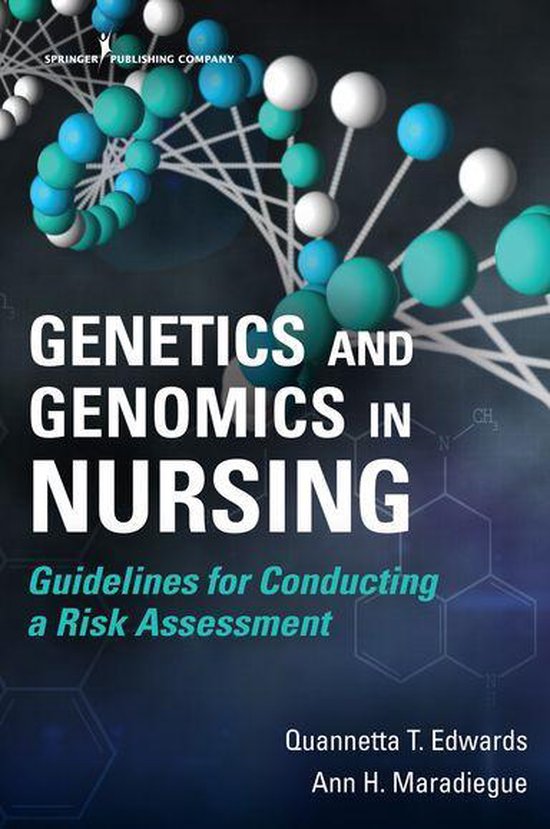Delivers complex information in an easy-to-read, step-by-step format
The genomic era encompasses the entire spectrum of DNA -- all of the genes, and the interaction and inter-relationship of genes (genome) to the environment. Rapidly changing research has led to numerous advances in genetic testing, diagnosis, and treatments, and it is essential that APRNs be able to integrate genetic risk assessment into clinical care. This quick reference delivers complex information in an easy-to-read, step-by-step format with bitesize info boxes and bulleted information to provide the tools necessary to understand genetics/genomics and identify "red flags" that can appear in patient assessments.
In an age of personalized and precision medicine, genetic risk assessment has never been more important. Genetics and Genomics in Nursing begins with an overview of genetics and the science behind inheritance. Chapters then break down the processes that make up risk assessment, and walk the reader through data collection and review, identification and calculation of risk, and patient communication. Finally, the last section of this text discusses special populations and key facts nurses need to know about their risk assessment.
Key Features:
- Provides a clear introduction to a complex topic
- Describes important elements of the genomic risk assessment process for use in clinical settings when evaluating patients
- Illustrates how to develop a three-generation pedigree
- Applies commonly-used standardized pedigree symbols and familial patterns to aid in risk interpretation
- Discusses the challenges and limitations of pedigree interpretation
- Explains common concepts and includes helpful genomic resources
- Incorporates genomic risk assessment into patient evaluation
